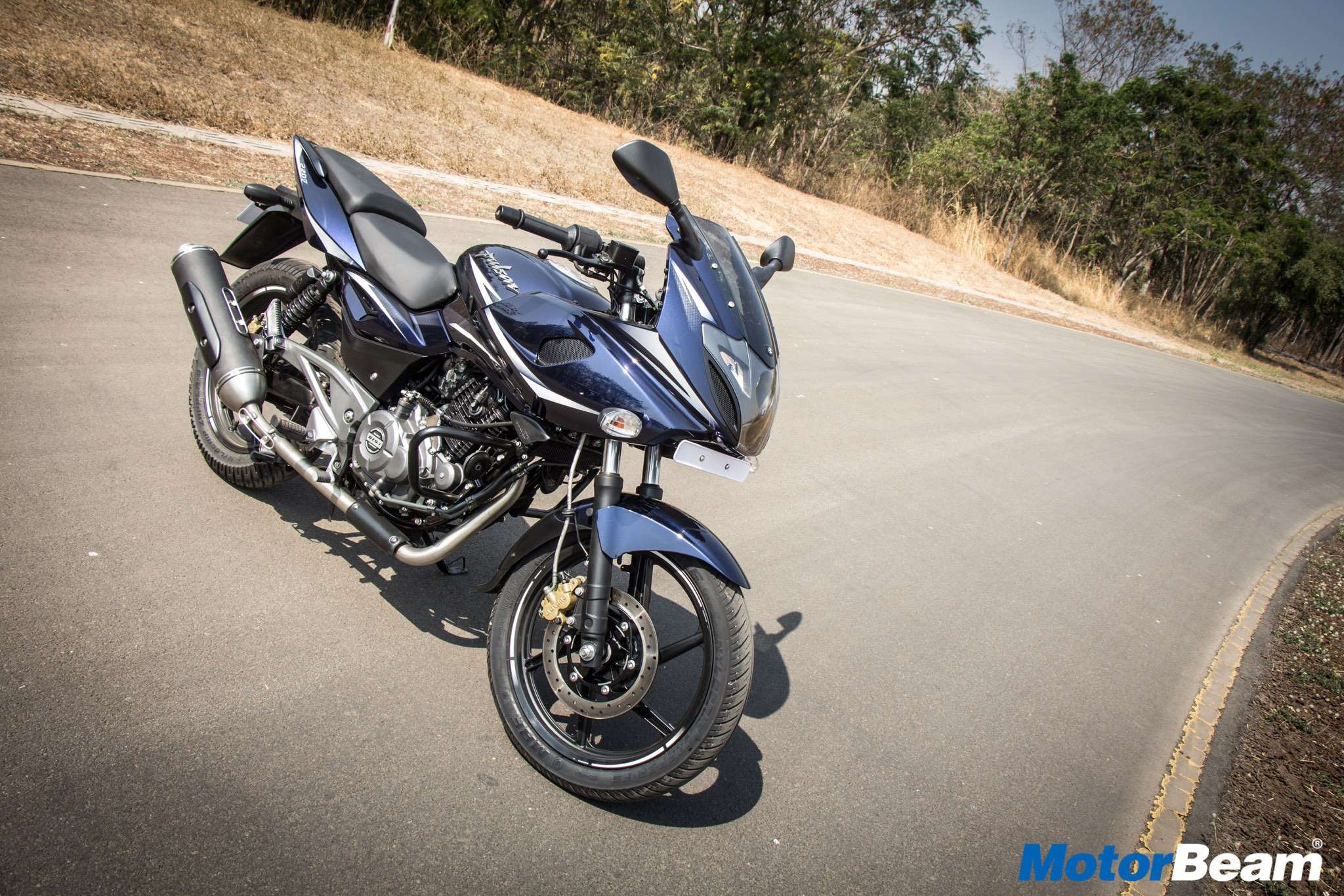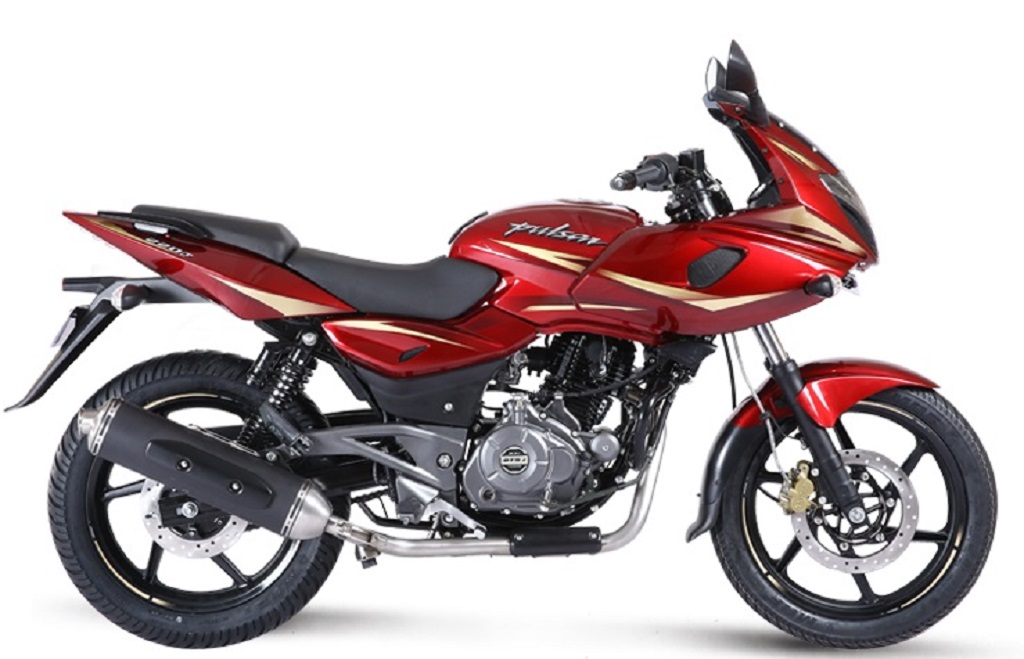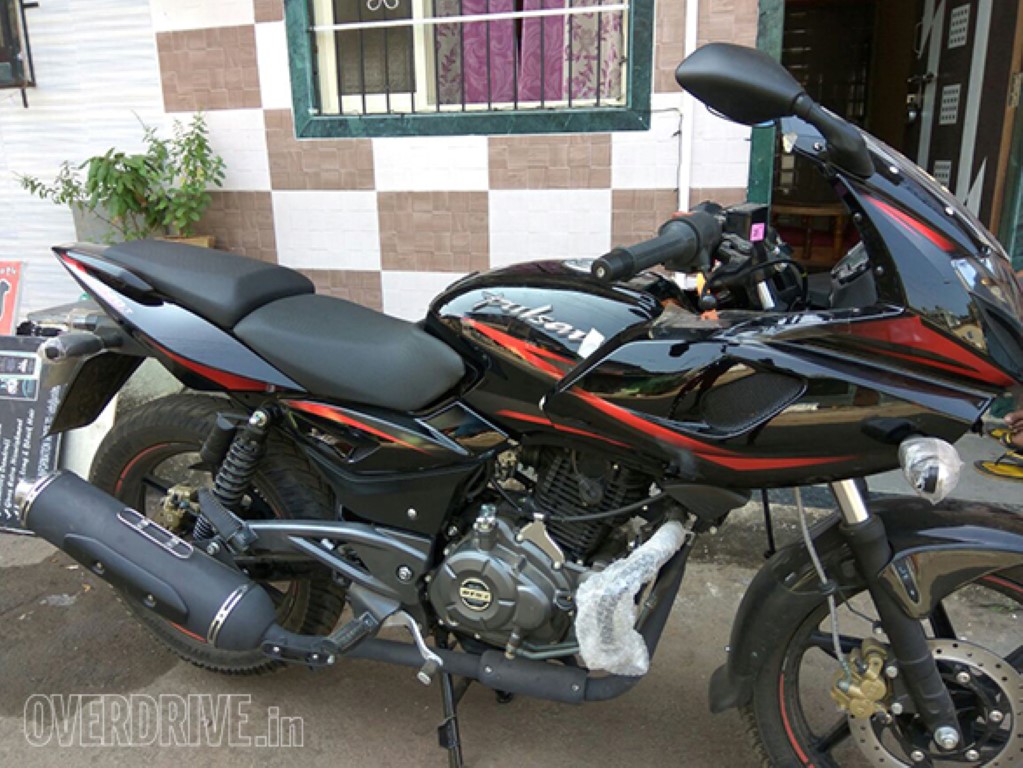
Pulsar 220 Review
Bike Tested: Bajaj Pulsar 220; Road Test No. 896; Test Location: Chakan
Price OTR Mumbai: Rs. 1,06,569/-
At this price, the Bajaj Pulsar 220’s tourer-friendly nature is unbeatable!
As they say, heroes get remembered but legends never die. The two-wheeled fragment of our auto industry has been through a great deal of variety. On one hand, we have the blameworthy Hero MotoCorp which has put many a promising motorcycle brands to sleep and on the other, we have the diligent Bajaj Auto redefining the boundaries of motorcycling ever and again. One such game-changer entered the scene in 2007, dubbed as the Bajaj Pulsar 220, which took the market by storm. Some 10 years down the line, this model is nothing short of an icon in the industry. With refinement trickling its way up the wishlist of buyers, the domestic automaker is believed to have restrained the Pulsar 220’s true character, or has it? Hammering away the Bajaj Pulsar 220 on twists and straights, we get our answers at the Chakan test track and how!
Motor Quest: In July 2007, Bajaj introduced a fuel-injected version of the Pulsar 220 in the market. Ditching the fuel-injection unit for a cost-effective carb, the motorcycle was christened as the Pulsar 220F in two years time. Then came the Pulsar 220S, a street-fighter sibling of the semi-faired 220F, which was taken off the market after a short stint. With cosmetic revisions, the Pune-based automaker has tweaked the formula ever so slightly over the years with the most-significant update coming in 2017 as the BS4-compliant Pulsar 220.
There have been absolutely zilch alterations in terms of design
Styling – Back in 2007, the Pulsar 220’s proportionate styling sealed the deal for many buyers. It’s been 10 long years and the 220 continues to display its sassy attire rather ostentatiously. Sure, there’s the Laser Edged paint scheme teamed up with matching rim stripes to add some oomph to an otherwise aging design. However, it would be unfair to not mention how gracefully the design has aged over the years. Besetting the fairing are vertically-stacked headlight beams surrounded by smart-looking pilot lamps on either side. The contours of the fairing blend with those of the fuel tank in a seamless fashion and move over to sculpt a sleek tail section dominated by Pulsar-signature split LED tail lamp. Finished in deep carbon black, the well-sized exhaust plays its part in encapsulating the Pulsar 220’s stunning design.
Time readout is sorely missed on an otherwise well-equipped unit
Instrument Cluster and Switchgear – Tucked away under the Bajaj Pulsar 220’s tinted visor is a part-digital instrument console which is embellished by new graphics and faux carbon fibre finish. This is the same unit which made its debut in 2006 in the lesser Pulsars. Sporting an analog tachometer on the left side and a blue-backlit LCD on the other, this unit throws out data pertaining to speed, distance, fuel and then some. Besides the usual warning and malfunction lights racked beneath the digital display, there is a shift light, engine overheat & low engine oil indicator and a side stand warning. The backlit switchgear gets rid of the headlamp switch to welcome the AHO functionality but continues to get self-cancelling turn indicators which are still a novelty in this segment.




